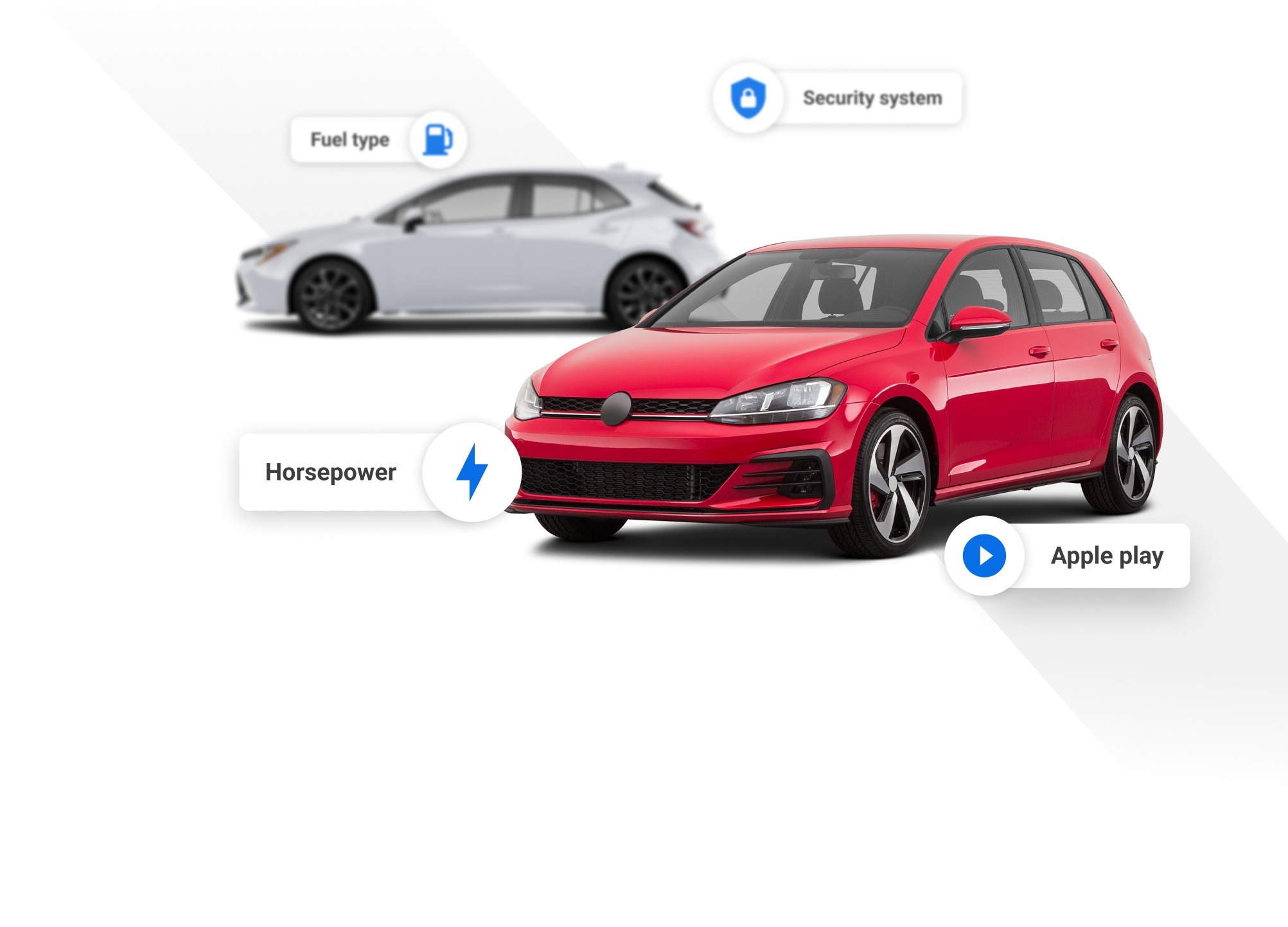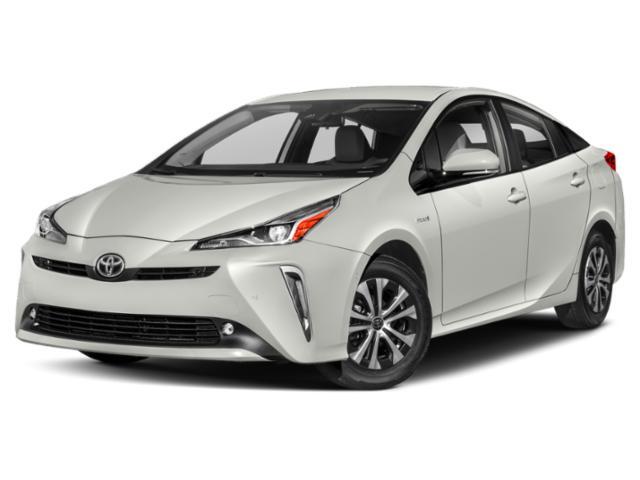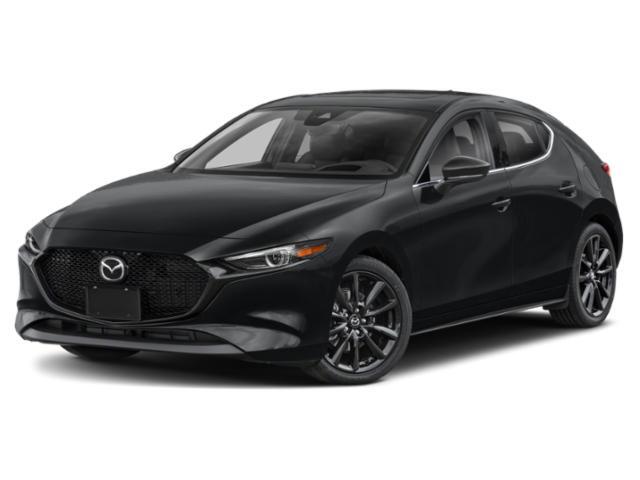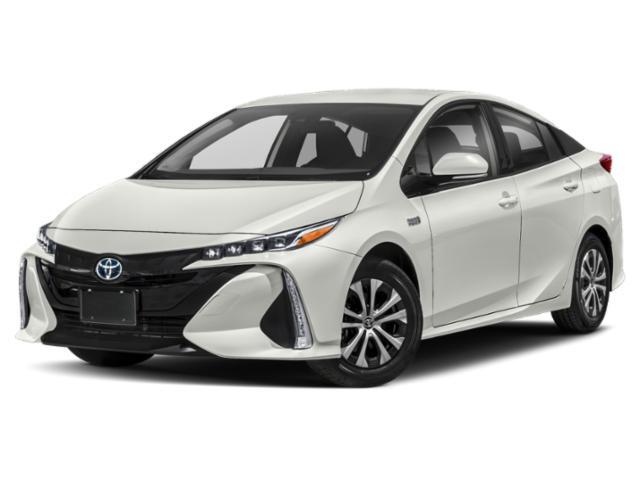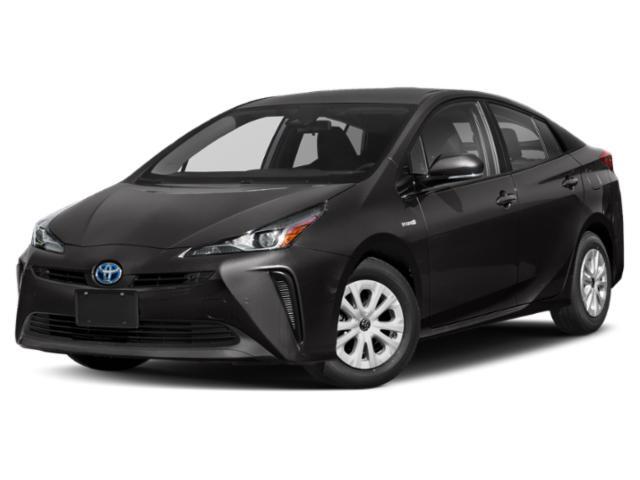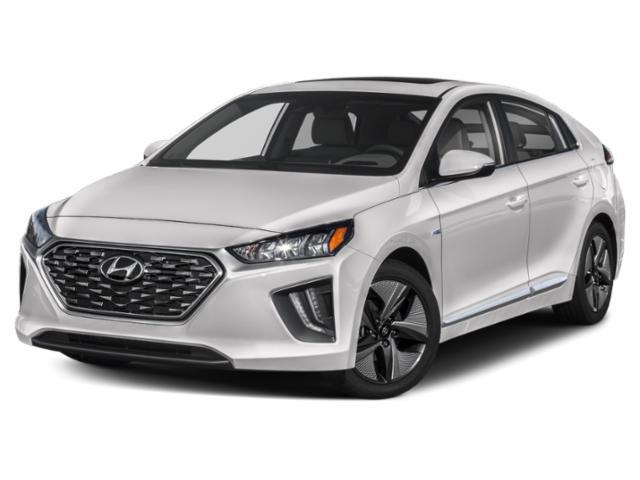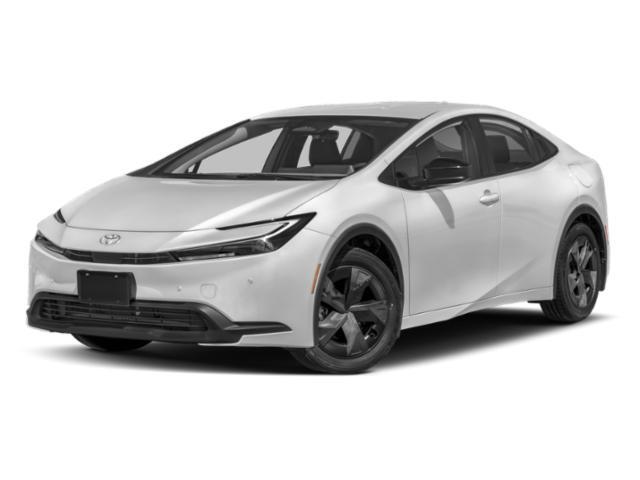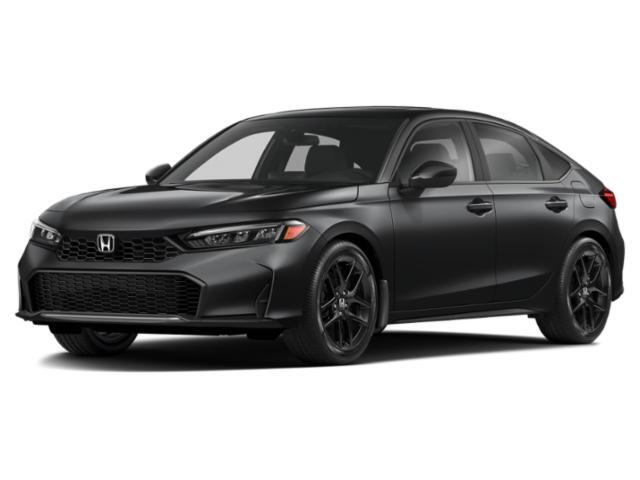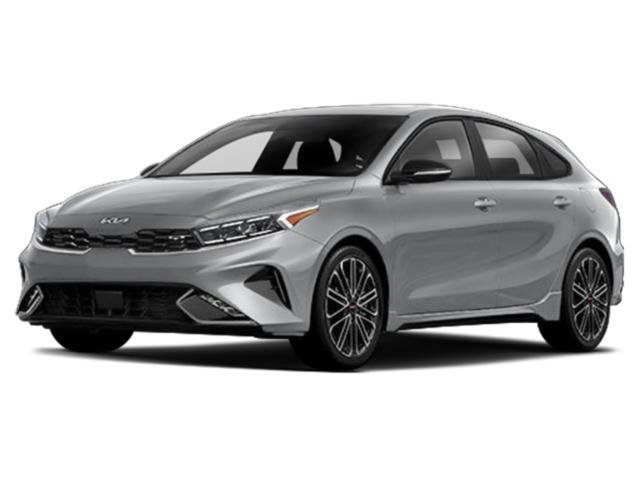
2022 Hyundai Ioniq Hybrid


Key Specifications for 2022 Hyundai Ioniq Hybrid






Buyer’s Guide
History/Overview
The Hyundai Ioniq Hybrid is a compact hatchback introduced in 2017 as the brand’s first-ever model built on a dedicated electrified vehicle platform. The Ioniq name is now arguably better know for its use on the Ioniq 5 mid-size EV crossover. Hyundai also makes a plug-in hybrid Ioniq that is covered in a separate buyer’s guide entry.
What’s New/Key Changes From Last Year
For 2022, the Ioniq Hybrid is unchanged.
Available Trims
Hyundai offers the Ioniq Hybrid in Essential, Preferred, and Ultimate trims. All use a 1.6L four-cylinder engine and a single electric motor to drive the front wheels through a six-speed automatic transmission.
Standard Features
Essential trim comes with 15-inch alloy wheels, auto on/off headlights, heated side mirrors, heated front seats, six-speaker audio, an 8.0-inch touchscreen, and dual-zone A/C. Essential’s advanced safety features are forward collision mitigation with pedestrian detection, lane keeping assist, and driver attention warning.
Preferred models gain LED headlights/taillights, heated rear seats, passive keyless entry, a sunroof, rear parking sensors, a heated steering wheel, blind spot monitoring, and rear cross traffic alert.
Ultimate adds 17-inch wheels, power-folding side mirrors, leather seating, a power driver’s seat, an eight-speaker stereo, a 10.25-inch touchscreen, adaptive cruise control, an auto-dimming rearview mirror, wireless phone charging, a 7.0-inch digital gauge display, ambient lighting. Ultimate also gets an upgraded collision mitigation system, and lane following/highway driving assist.
Fuel Economy
Hyundai’s fuel consumption estimates for the Ioniq Hybrid are 4.0/3.9 L/100 km (city/highway).
Competition
The Ioniq Hybrid’s main competition comes from the Toyota Prius. It also compares nicely with the Toyota Corolla Hybrid, and Hyundai’s own Elantra Hybrid.
Review & Compare:
Photos
No content available
AutoTrader Review


This vehicle has not yet been reviewed



